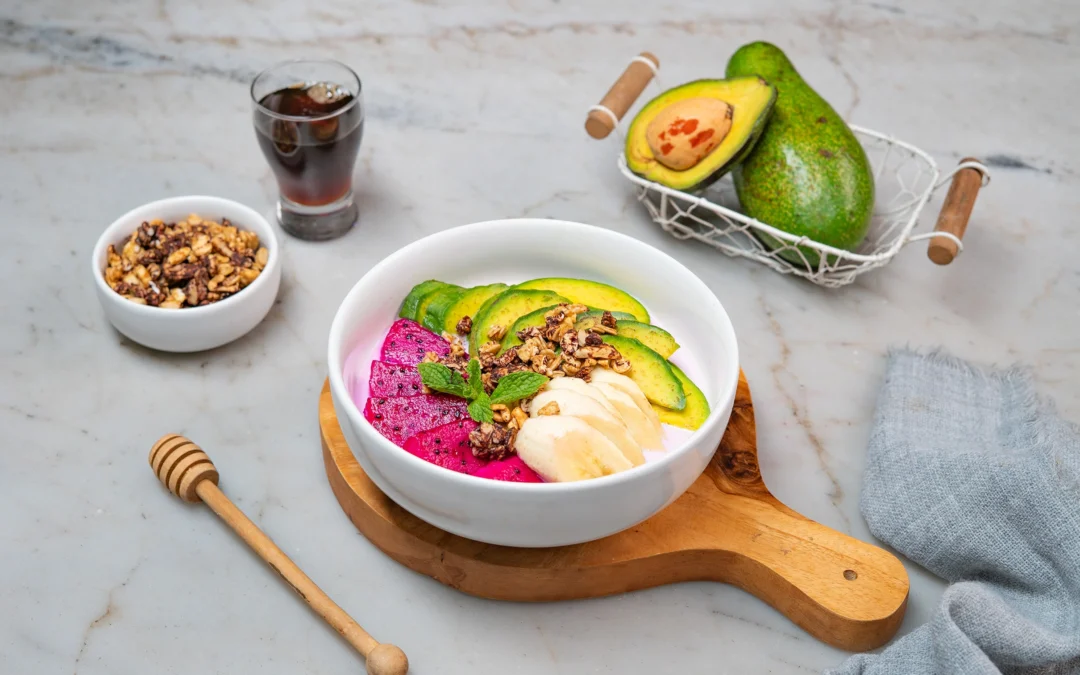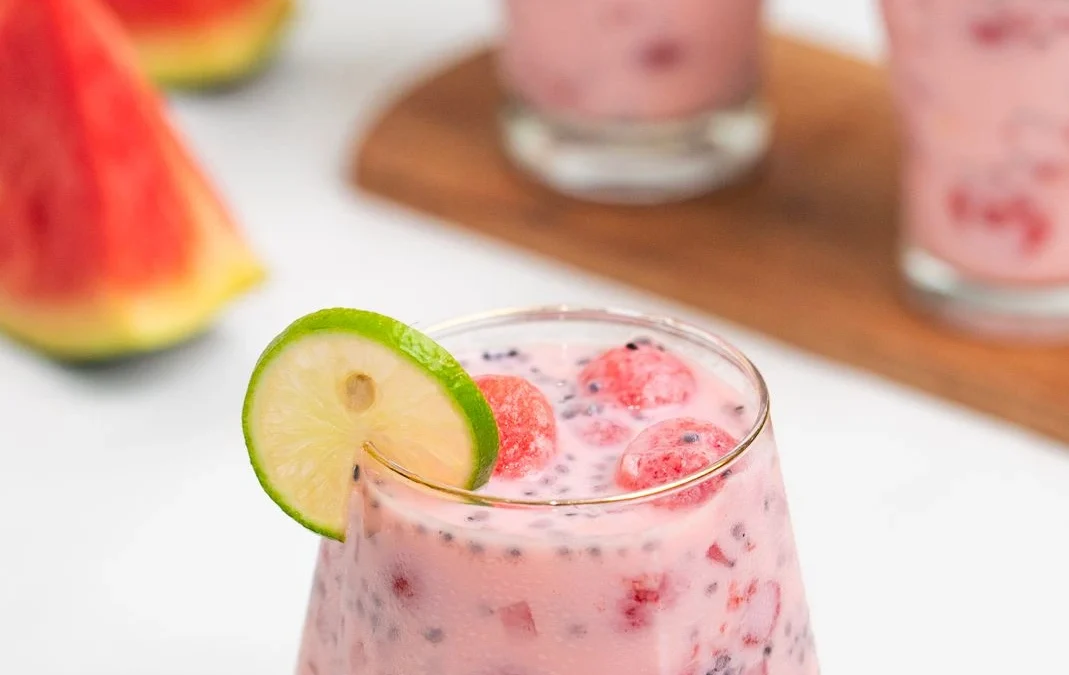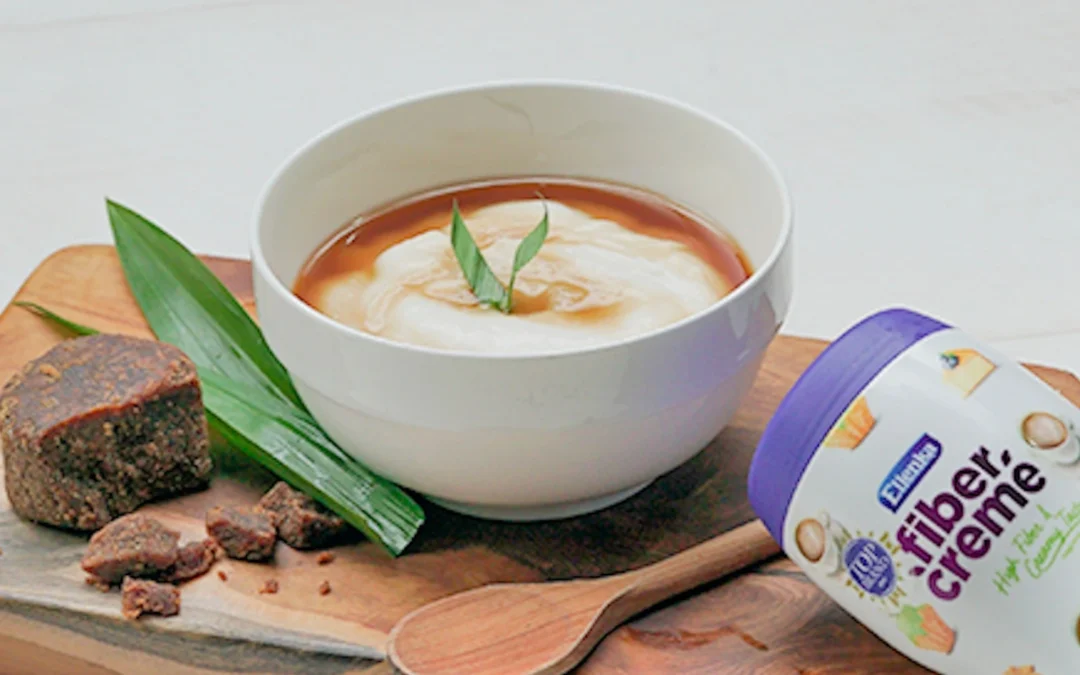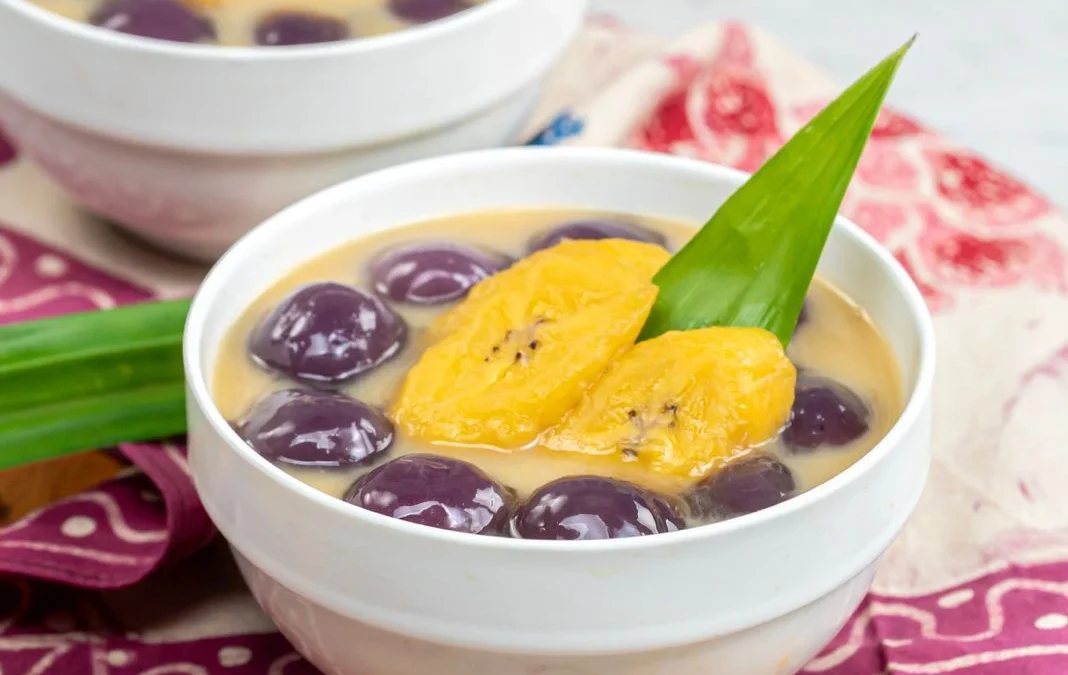
Cornstarch is one of the most commonly used ingredients in the kitchen, both for cooking and baking. Made from corn, cornstarch has many benefits, such as thickening sauces, softening cakes, and giving a crispy texture to fried foods. But just in case you run out of cornstarch or can’t find it in nearby stores, here are some cornstarch substitutes you can use!
What Cornstarch Does to Everyday Dishes

1. Thickening liquids
One of the main functions of cornstarch is as a thickener in sauces and soups. When heated, the starch in cornstarch absorbs liquid and forms a gel, thickening the mixture. Aside from daily dishes, cornstarch is also used as a thickener in cakes or desserts. One example of a dish that uses cornstarch is custard or vla.
2. Softening cakes
In the world of baking, cornstarch is often used to improve the texture of cakes. Cornstarch helps make cake batter softer and lighter, resulting in fluffy and delicious cakes. This is crucial in making cakes like sponge cake and chiffon cake.
3. Crisping fried foods
When fried, cornstarch creates a thin, crispy layer. It also enhances the golden color of fried foods, making them more appetizing. However, don’t use cornstarch alone for frying, as the texture can become too hard. Mix it with flour to get the perfect crispiness.
4. Retaining moisture
Using cornstarch in recipes helps retain the moisture in food, which is essential for dishes that tend to dry out, such as puddings and cakes.
Read More : What Is Real Food? Can It Really Help You Lose Weight?
Common Cornstarch Substitutes
It turns out, not everyone can easily use cornstarch! Some people may have corn allergies, which is the main ingredient in cornstarch. This starch may also not be available in some regions, especially remote areas. In these cases, they can use the following cornstarch substitutes:
1. Tapioca flour

Also known as “aci” or “kanji,” tapioca flour is a starch extracted from cassava root. It has similar properties to cornstarch, being transparent when dissolved and able to create a soft and thick texture. It’s usually used to thicken sauces or soups.
2. Sago flour
Derived from the sago palm, this flour has thickening properties similar to cornstarch. Sago also produces a chewy texture. It’s commonly used in traditional foods, like “pempek” or porridge.
3. Rice flour

Rice flour doesn’t thicken as well as cornstarch, but it can provide a finer, drier texture to batters. It’s often used to make fried foods crispier.
4. Glutinous rice flour
This flour creates a chewy, slightly sticky texture, making it ideal for softening cake batters that need a bit of chewiness. Examples of cakes that can be made with glutinous rice flour include mochi or onde-onde.
5. All-purpose flour
Made from wheat, all-purpose flour can be used as a thickener. However, the result won’t be as clear as cornstarch and will tend to be cloudier. It’s more commonly used to make sauces, such as béchamel sauce.
6. Agar or gelatin
Agar and gelatin can be used as substitutes for cornstarch as thickeners in puddings. However, keep in mind that the texture produced will be different. Agar will result in a denser consistency. Puddings made with gelatin will be firm but not too solid, with a softness similar to puddings made with cornstarch.
7. Mashed potatoes

Potato starch has excellent thickening ability, even faster than cornstarch. It’s typically used in soups and sauces with a softer texture.
Why Stop at Substitutes?
Now that you know several cornstarch substitutes, why not take your cooking to the next level by making it even more delicious and healthy? FiberCreme offers a practical solution for those of you who want to enjoy flavorful meals while also fulfilling your fiber intake.
With FiberCreme and your chosen cornstarch substitute, why not try making a creamy, thick soup that’s perfect for a healthy diet? Find the recipe and healthier yet delicious dish ideas with FiberCreme here!






0 Comments